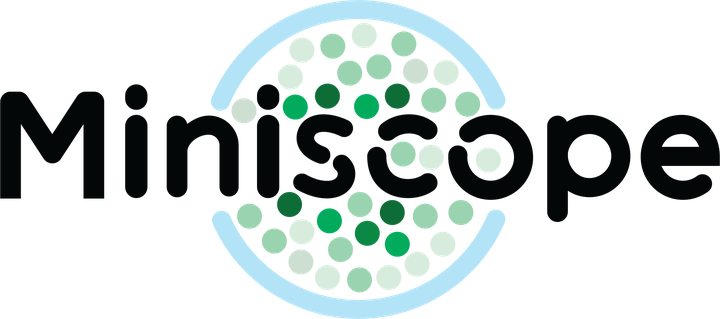The Open-Source UCLA Miniscope Project

One of the biggest challenges in neuroscience is to understand how neural circuits in the brain process, encode, store, and retrieve information. Meeting this challenge requires tools capable of recording and manipulating the activity of intact neural networks in freely behaving animals. Head-mounted miniature fluorescence microscopes are among the most promising of these tools. Taking advantage of the past decade’s advancements in fluorescent neural activity reporters, these microscopes use wide-field single photon excitation to image activity across large populations of neurons in freely behaving animals. They are capable of imaging the same neural population across months and in a wide range of animal models and different brain regions.
Initiated six years ago, the Miniscope Project – an open-source collaborative effort—was created to accelerate innovation of miniature microscope technology and to increase global access to this technology. Currently, we are working on advancements ranging from optogenetic stimulation and wire-free operation to simultaneous optical and electrophysiological recording. Using these systems, we have uncovered mechanisms underlying temporal memory linking and investigated causes of cognitive deficits in temporal lobe epilepsy. Through innovation and optimization, this work aims to extend the reach of neuroscience research and create new avenues of scientific inquiry.
Project Author(s)
Daniel Aharoni; Peyman Golshani; Alcino Silva; Baljit Khakh; Denise Cai; Tristan Shuman
Project Links
http://miniscope.org/index.php/Main_Page
This post was automatically generated by Daniel Aharoni